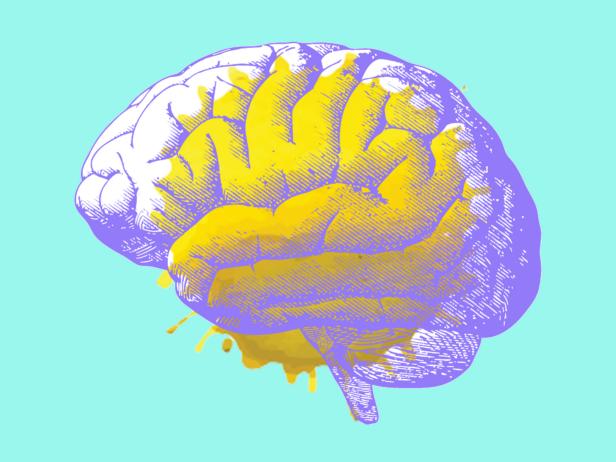Illustration courtesy of HGTV.
Mental Health — we all have it, and now we should all strive to be more open and vulnerable about it.
TheraPieces* is a Slice of Culture monthly column by Mendez, a graduate student pursuing her Master of Social Work degree in clinical/medical social work.
The idea of aesthetics has been around for as long as we can remember but in recent decades, we have seen a growth of experiences, items and environments become a trend of something that may be pleasing to the eye, or yet, to our emotions and the way we feel.
We all have, or to an extent, follow or come to a liking of a certain niche, calling, relation to, personality or vibe that resembles an aesthetic, not only satisfying to look at, but also to the way it makes us feel.
The term aesthetic can be defined as, “the perception, interpretation, and appreciation of beauty,” according to The 5 Key Elements of Aesthetic Experience.
Aesthetic experiences, or aesthetics in general, can be used to describe some sort of liking to or appreciation towards artistic detail, designs, objects, or human artifacts such as a written word, music, collectables or even destinations and pieces of architectures whether it be nature, mountains, oceans or sky views.
These types of aesthetics can be emotionally tied to us in heightening our sense of reality. It can also be tied to the way a public setting gets our attention and liking by the way of its design.
So why are aesthetics so satisfying to us and what’s the emotional impact it brings to us?
Art is almost always closely associated with emotions. Alexander Gottlieb Baumgarten (1714–1762) was known to be a famous philosopher who initiated the concept of aesthetics that draws focus to the emotional well-being aspect of it.
Aesthetics and the way we experience them can be emotionally rewarding to us. A form of positive reinforcement, aesthetic emotions play a crucial role in the processing, pleasure and enjoyment of what we find beautiful.
A number of emotions we feel when witnessing an aesthetic experience may be fascination, surprise, awe, feelings of transcendence, wonder, and admiration. In another sense, it can also bring feelings of safety, comfort, healing and of course, happiness. It may even create some sort of obsession with the aesthetic (but hopefully a healthy one!)
Another famous philosopher, Immanuel Kant, argues that “it is our faculty of judgment that enables us to have experience of beauty and grasp those experiences as part of an ordered, natural world with purpose.”
Being that beauty is in the eye of the beholder, he isn’t so wrong about that.
You may be wondering now, how can I use aesthetics to my advantage on my emotional wellness?
Almost anything can be made into an aesthetic as long as it has deep meaning, connection, and admiration to you.
Examples of “abstract stimuli” — such as the ones we listed above — can create an experience of “aesthetic emotions” that provides us almost an escape from our reality to one we make of ourselves that is satisfactory to us.
In an article from Psychology Today, “How Beautiful Things Make Our Lives Better,” it lists a couple of key factors that describe how aesthetic emotions work and the benefits it has towards our mental health.
The main takeaways from the article include:
- Having value in something you are attracted to (whether it be a person, place, thing, or concept) can help with our mood regulation
- “Aesthetic judgment is influenced by aesthetic emotions” meaning the way we interpret the world around us and our knowledge of how we experience it goes back to what we like and dislike. Having an understanding or familiarity with what we find aesthetically pleasing is entertaining because it eventually becomes apart of our identity
- What’s aesthetically pleasing can either be something already known or completely new and the balance each hold on it
- The opportunity of having an aesthetic can improve our quality of life with the aesthetic emotions bringing positive emotional feelings and outcomes
If you are interested in learning more about how aesthetic emotions play a positive role in our life and mental health, read on with the links here and here.
If you want a specific topic related to mental health covered, Daniella Mendez may be reached at dm3728@columbia.edu.











